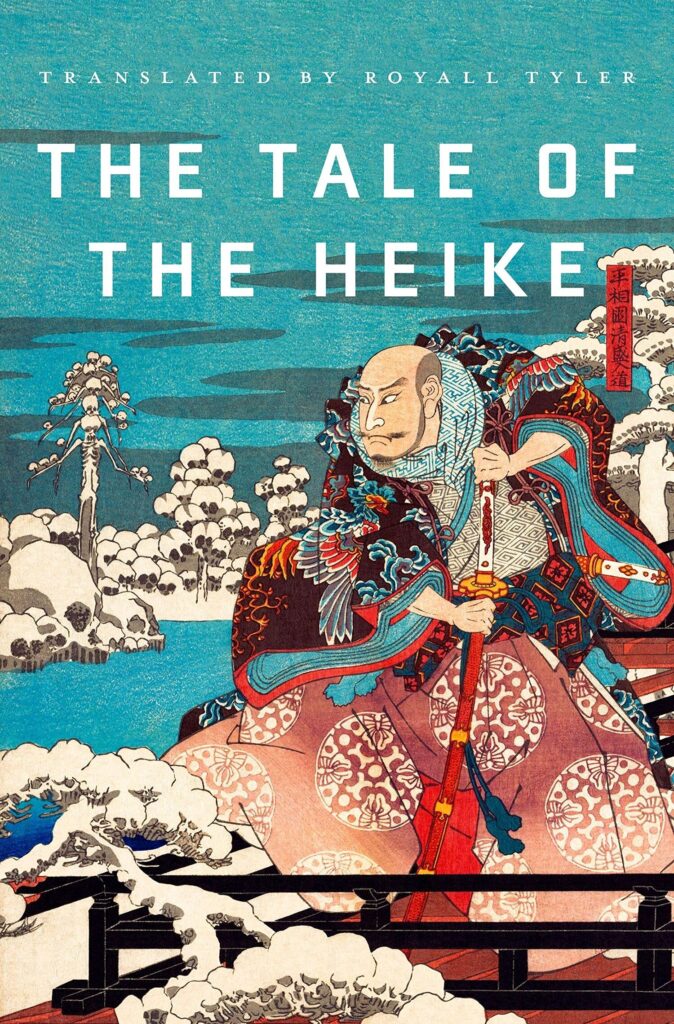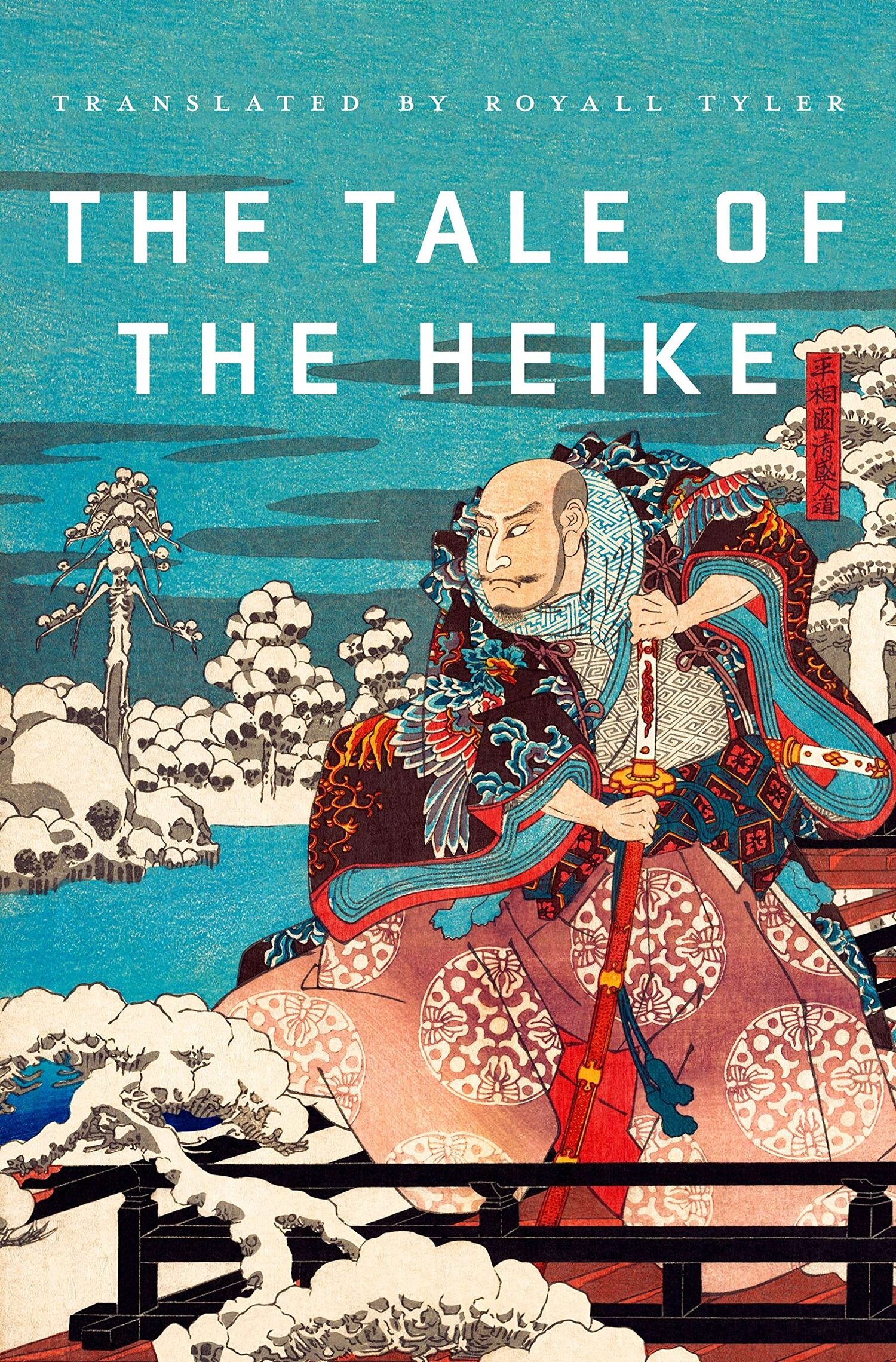By: John Witte
For this week before our spring break, we were tasked to read various famous passages and scenes from The Tale of Heike. The passages in particular which struck me as important were the opening chapter which told the story of Gio and a very popular dancer Hotoke, and the death of Kiyomori. The initial chapter of The Tale of Heike strikes me in particular as it really plays up the idea that Kiyomori is one a man of great power, but also a rather rude and mean individual, an idea that most definitely comes up in his eventual death as a sort of comeuppance. Gio, the daughter of Toji and older sister of Ginyo was at one point seen as the greatest dancer and singer in all of Japan. So great in fact that she was personally called to sit at the right hand of Kiyomori a man of great status and power, so of course this was a great honor for Gio. Gio lived happily under the roof of Kiyomori until the eventual arrival of Hotoke, a young dancer who amazed anyone who saw her. Eventually Hotoke was pushed to visit Kiyomori in order to show off her ability, something that she initially did not want to do, and was subsequently cast off by Kiyomori as coming before him without an invitation was something of a great disgrace. Importantly however, Gio pushed for Kiyomori to at least hear her out. Hotoke wowed Kiyomori and subsequently got Gio banished from the castle. This is where we arrive to the purpose of Buddhism throughout this chapter in particular. The idea that good deeds will always come back around to give you support. While the initial fallout of Gio wishing to allow Hotoke to dance was of course detrimental to her life, it led to Gio to live her days out as a Buddhist monk, where she was eventually met by a sorry Hotoke who wishes to follow in her pious footsteps feeling terrible for her newfound position. Because Gio was truly in line with Buddhist teachings, she is now able to truly reach the pure land.

Through this reading we also are able to get a proper glimpse of Kiyomori’s character, a character who is most definitely framed as the bad guy. I believe that this is exemplified best through his death by fever and disease. From what we have learned and what we have read I believe that a “good” death is one that is through either ritualistic suicide known and seppuku or through death while uterring the name of the buddha in order to gain access to the pure land. Most definitely not death by a disease which causes your skin to reach water boiling temperatures on the floor. I think that through this we are able to get the glimpse that he must have not lived a very good and pious life in his previous existence, causing him to have such a miserable death in this life. His death thematically places him at odds with us, specifically because we and I would assume the readers at the time have this background knowledge of Buddhist teachings and the way to achieve access to a greater realm in your afterlife.
Sources:
Genji & Heike: Selections from The Tale of Genji and The Tale of Heike, translated by Helen Craig McCullough. Stanford: Stanford University Press, 1994.
